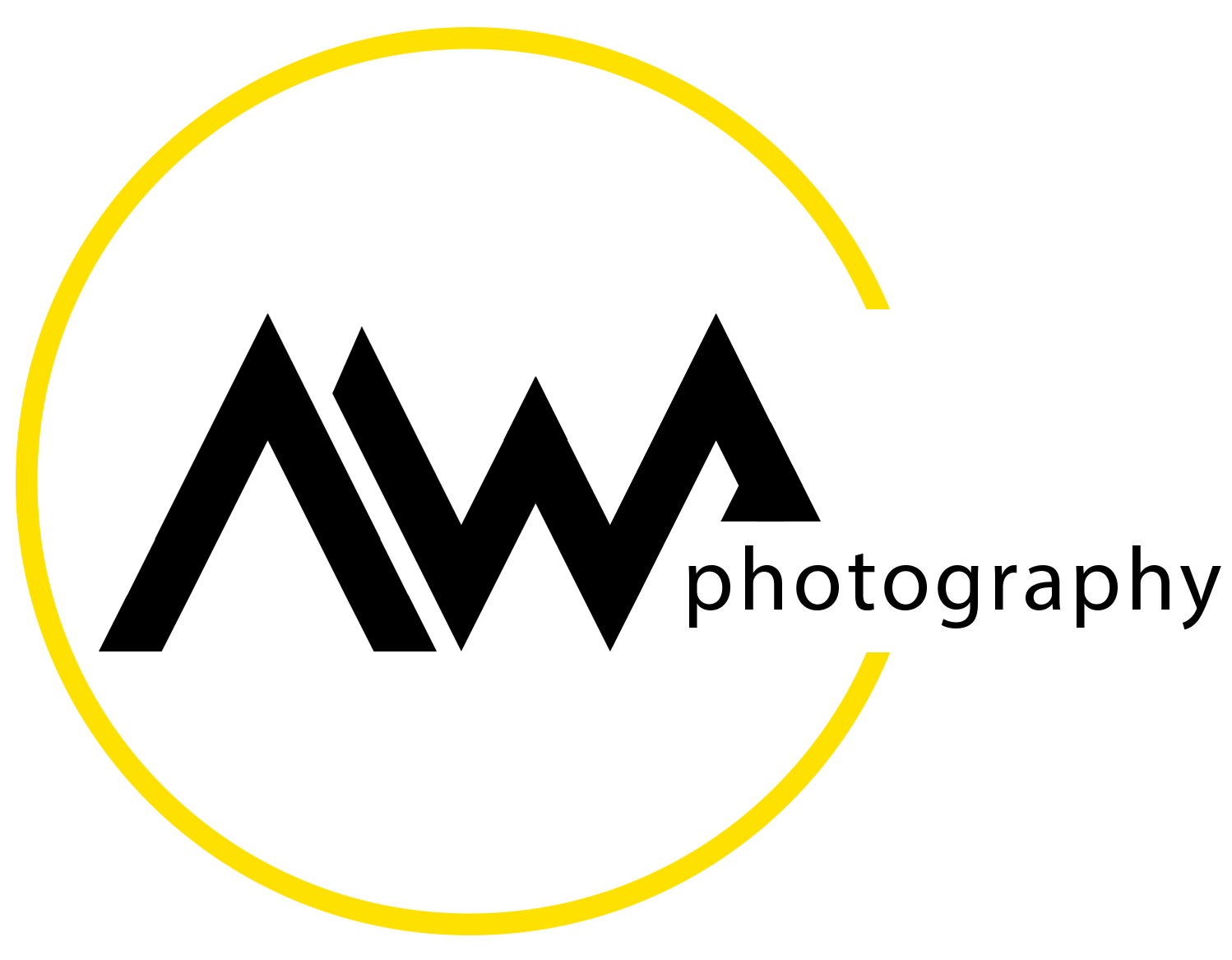Learning Macro Photography - Where to Begin?
/The most frequently asked question…
… that I get, is this. Where to I even start trying to learn how to take excellent macro photographs? Well, I think that right here is a pretty good place to start!
It’s a loaded question, with a lot of different answers, but I have given this a great deal of thought over the years, and I think there is a right answer.
Watch the video in this article to get into the details, but there are six primary steps that I believe will provide every prospective macro photographer with the kind of solid foundation they will need before moving on to the highly technical practice of high magnification imaging.
Step #1 - make a plan
Make an honest appraisal of where you are in your photography, and then decide where you want to get to. Having a destination, even if it changes, is the best way to keep your focus on the prize. There are so many distractions along the way, it’s easy to get sidetracked. Make a plan and stick with it!
STEP #2 - learn how to use your camera
Don’t skip this step! Even if you have been doing photography for years, learn how to use your camera in manual mode, with every automatic feature disabled. The reason I emphasize this step is because macro photography is very different from other forms of the art, and to get the most out of it, you are going to need to know everything about your camera and how to use every button and dial on it. So break out the manual (if you can find it!) and get learning - you’ll be glad you did!
STEP #3 - buy the best macro lens that you can afford
Very few people stick with macro photography when their only tool is a screw-on closeup lens. Even though some of them are very good, there will be a lot of learning that you can’t get done without a real lens. I firmly believe that there is nothing as effective as learning how to manage short working distances, tricky lighting, and shallow depth of field, than a good, purpose-built 1:1 macro lens. The video explains my thinking on this.
If you are in the market for a macro lens, take a look at my list of the best macro lenses in the world. It is not a long list, but there is a lot of useful information that should help you decide what would work best for you.
STEP #4 - learn to use off camera flash
Very few skills are going to be more important in your macro adventures than using artificial lighting. You will be using small apertures and trying to do everything you can to limit subject movement, like keeping your shutter speeds fast. But nothing beats a pair of speedlights to get your exposure time down to a few thousandths of a second. Using off-camera flash at the macro scale is not as easy as it sounds, and I recommend starting your learning early and practicing often. There is nothing that has a bigger impact on the final quality of your photographs than the lighting. You don’t need any fancy gear to do this. A pair of Godox flash units and a Godox flash trigger should be plenty to get things going - you can always add more later.
STEP #5 - master natural light
To become a great field macro photographer, you have to learn to take full advantage of the light that is available. You may want to use flash, but that is not always available when you are out exploring. So knowing how to harness the available light, wherever you find yourself, is a key skill to have. It involves learning how to position your self and your gear, how to use reflectors, diffusers, and flags, and even how to control backgrounds, to bring out the best in your subject.
STEP #6 - focus stacking
This is not basic skill, but it is so important to everything else you are going to want to do with your macro photography, I include this as the final foundational preparation for moving on to advanced macro photography. I explain the importance of this step in the video, and there are also numerous articles and video-lessons on this site that you can use as guides. This is the portal that opens up onto the magical world of high magnification macro photography - with this skill in the bag, everything becomes possible!
Here is the video, in which I discuss each of these steps in a little more detail. I hope you enjoy watching it, and maybe even that you find some inspiration to get stated on your own journey!
In coming months I will be returning to each of these six steps in a great deal more detail. I hope to see you then!
Keep up the good work!
Allan







